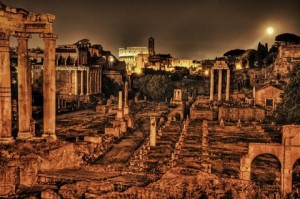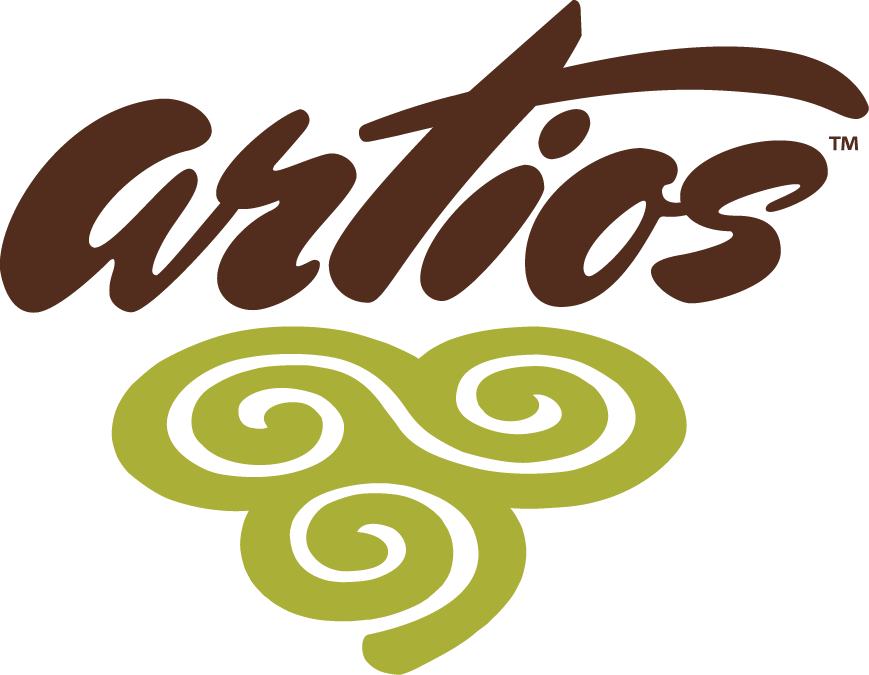[precontent]
[one_third]
Unit 1: Constantine the Great
[dropcap type=”box”]T[/dropcap]he emperor Constantine was arguably the last great emperor of the Roman Empire. He was the first Christian emperor. He is responsible for moving the capital of the empire from Rome to Constantinople. He also had a profound effect on the unification of the Church through the Council of Nicaea.
[/one_third]
[two_third_last]

[/two_third_last]
[/precontent]
[three_fourth]
[box]
[box_header]
Unit 1 [flag bg_color=”#d6e3bc” text_color=”#9d241a”]Elementary[/flag]
[/box_header]
[box_content]
Unit Overview
- Subjects Covered
- Grammar, Literature, Competition, History
- Time Period
- Medieval – Renaissance
- Grade Level
- Elementary: 1 – 6
- Civilization
- Rome, Teutonic
- Literature
- Son of Charlemagne
[/box_content]
[box_content]
Unit Description
 This first unit will be a bit of a review of the previous historical time period. It will cover the emperor Constantine. The Emperor Constantine was arguable the last great emperor of the Roman Empire. He was the first Christian emperor. He is responsible for for moving the capital of the empire from Rome to Constantinople. He also had a profound effect on the unification of the Church through the Council of Nicaea. This unit will cover the rise of Constantine, his effects on the Roman Empire, and his effects on the church.
This first unit will be a bit of a review of the previous historical time period. It will cover the emperor Constantine. The Emperor Constantine was arguable the last great emperor of the Roman Empire. He was the first Christian emperor. He is responsible for for moving the capital of the empire from Rome to Constantinople. He also had a profound effect on the unification of the Church through the Council of Nicaea. This unit will cover the rise of Constantine, his effects on the Roman Empire, and his effects on the church.
[/box_content]
[box_content]
Leading Ideas and Biblical Principles
[list type=”arrow”]
- An individual’s character will be reflected in his leadership.
As a man thinketh in his heart, so is he. – Proverbs 23:7
[/list]
[/box_content]
[box_content]
Key Events, People, and Topics.
[list type=”arrow”]
- Emperor Constantine (Constantine the Great)
- Battle of Milvian Bridge (312 A.D.)
- Edict of Milan (313 A.D.)
Note about Elementary.
Based on your student’s age and ability, the reading in this unit may be read aloud to the student and journaling and notebook pages may be completed orally. Likewise, other assignments can be done with an appropriate combination of independent and guided study.
[/box_content]
[/box]
[box]
[box_header]
Unit 1 Resources: [flag bg_color=”#d6e3bc” text_color=”#9d241a”]Elementary[/flag]
[/box_header]
[box_content]
[button id=”1″ link=”https://www.artioshcs.com/wp-content/uploads/2016/07/Unit-1-History-Elementary-Medieval-Renaissance1.pdf” linking=”new-window” size=”medium” type=”simple” title=”maps”]Download History Unit[/button]
[button id=”1″ link=”https://www.artioshcs.com/wp-content/uploads/2016/07/Literature-Units-1-6-Elementary-Medieval-Renaissance.pdf” linking=”new-window” size=”medium” type=”simple” title=”maps”]Download Language Arts Unit[/button]
[button id=”1″ class=”1″ link=”http://www.constantinethegreatcoins.com/hist/map.jpeg” linking=”new-window” size=”medium” type=”simple” title=”maps”]Download Maps[/button]
[tabs type=”simple” position=”top-left”]
[tab_title]Literature[/tab_title]
[tab_content]
Son of Charlemagne Resources
-
For Further Study on Charlemagne
-
Life During Charlemagne’s Reign
[/tab_content]
[tab_title]Supporting Videos[/tab_title]
[tab_content]
[/tab_content]
[tab_title]The Arts[/tab_title]
[tab_content]
The Arch of Constantine
[/tab_content]
[/tabs]
[/box_content]
[/box]

Leave a Reply
Want to join the discussion?Feel free to contribute!